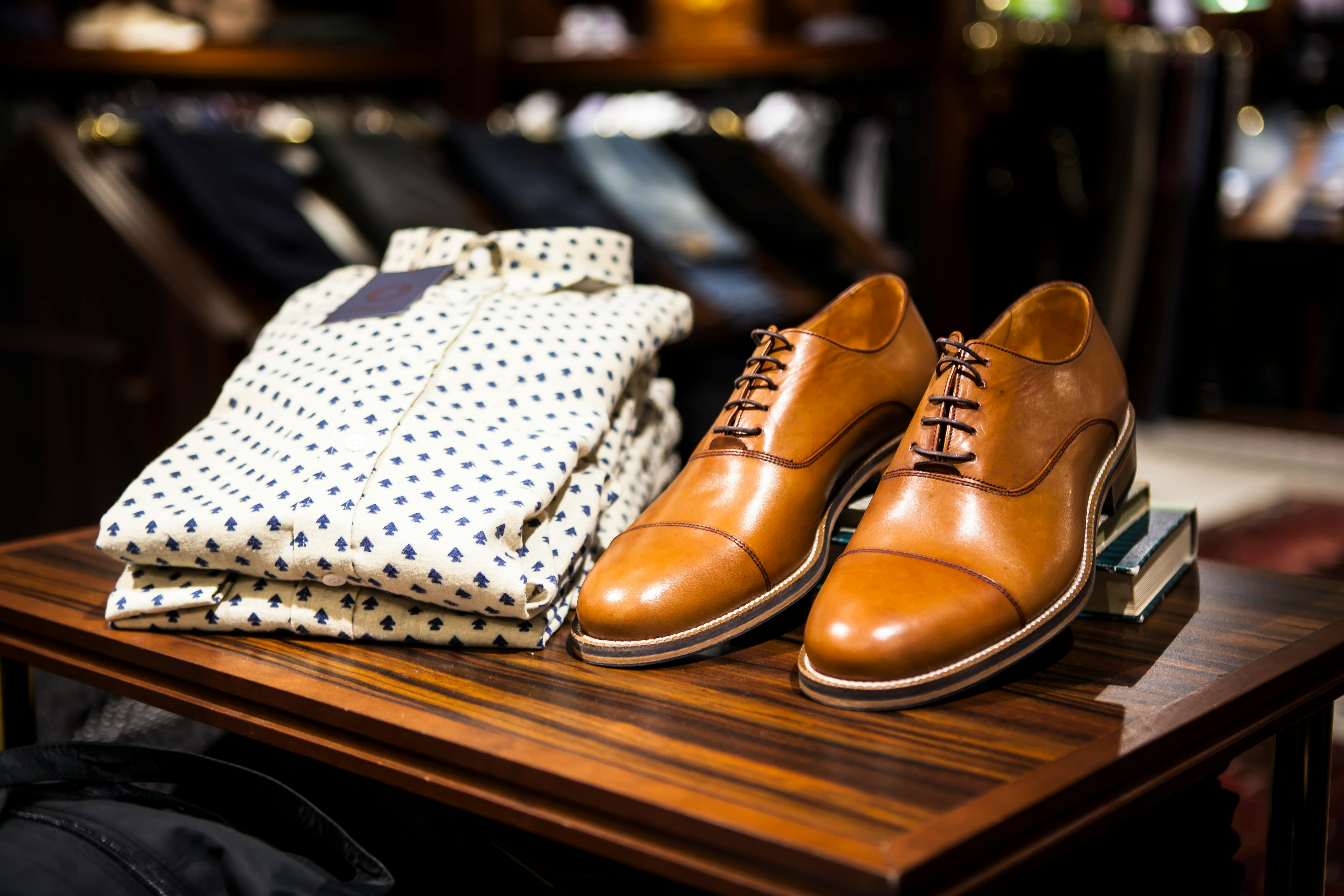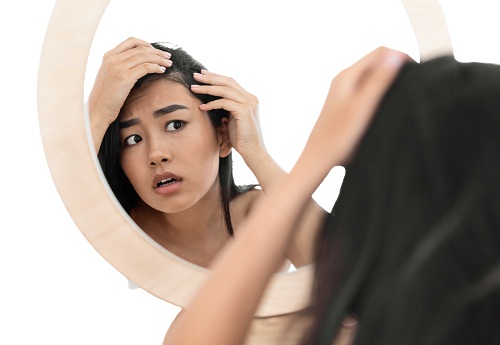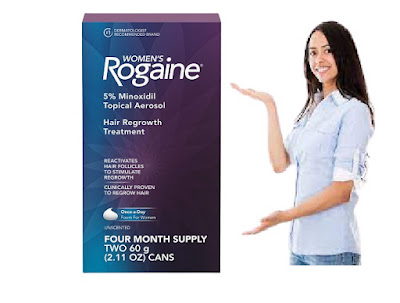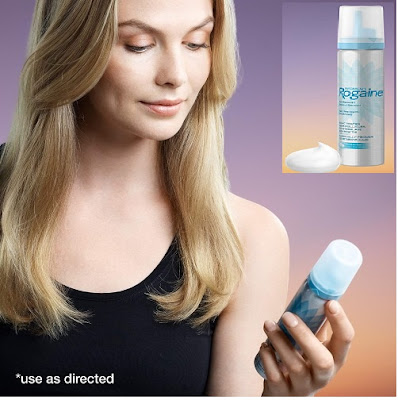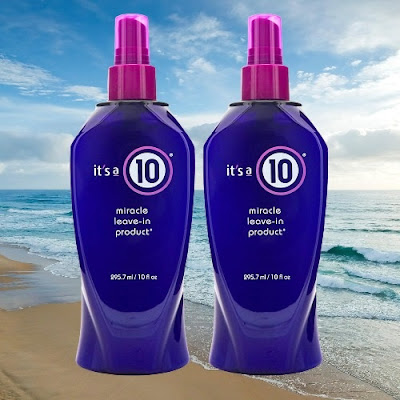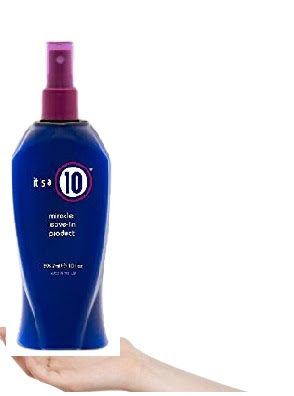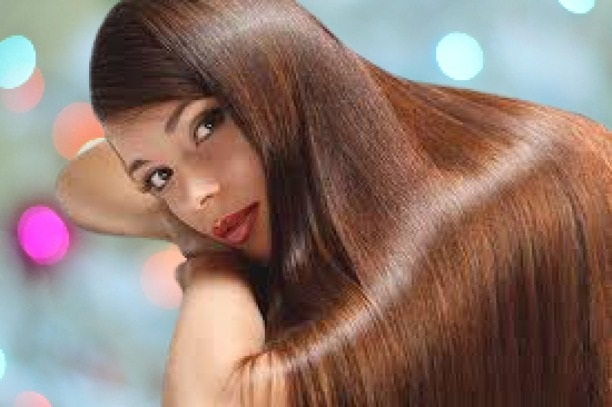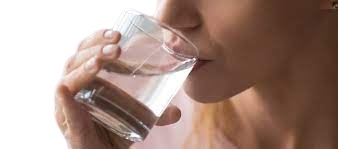It is true that men lose their hair more, but with
age, women also start to experience the same problems. Thinning hair and losing it on is very traumatic and depressing for women.
Hair loss negatively impacts women's self-esteem and self-confidence. When we
look good, we feel good in all aspects of our life. Fortunately, hair loss
treatment methods are now targeting women because it is a very serious problem.
Hair loss is a very common problem in women after a
certain age. It is very important to look at the symptoms and start correcting
them in time. Neglecting hair problems can make a woman suffer a lot. It can
even end in baldness which becomes very bothersome and difficult to cure.
The number of women suffering from severe hair loss
is increasing day by day. Hair care research focuses on many factors that
influence hair loss on a woman's body.
Stress
Stress produces high levels of testosterone, which disrupts the hair growth cycle. Stress and trauma can also restrict blood supply to different parts of the body, causing a lack of oxygen and absorption of nutrients, as well as malabsorption of vitamins and nutrients by hair follicles.
Genetic
A genetic tendency towards hormonal balances and imbalances, as well as the conversion of testosterone, is the cause of hair loss. Contrary to popular belief, the genetic inclination towards hair loss can be inherited from your parents or loved ones. The treatment for baldness cannot be stopped but it can be treated, as it is also a genetic problem that is family-related.
Nutrition and diet
Rapid weight gain or loss can also lead to severe
hair loss. Diet is the main key to controlling problems in the body.
Consumption of animal fats and deficiencies in biotin, iron, protein and zinc
can reduce the absorption of acids and vitamins necessary for hair growth.
Health
Thyroid disease, along with the side effects of the drugs used to treat it are the most common causes of health-related hair loss.
Medication
Women who suffer from blood pressure, diabetes,
heart disease, and acne depend on steroids and various types of drugs.
Medication can also cause permanent or temporary hair loss.
Environment
Pollutants such as air, water, dust, dirt, as well
as excessive exposure to sunlight, chlorine, metals or minerals can cause hair
loss. This is due to hormonal imbalances. Free radicals damage the scalp and UV
exposure damages the hair shaft.
Pregnancy and menopause
During pregnancy, a woman experiences hormonal
changes that lead to temporary hair loss, which can last from six months to a
year after giving birth. During menopause, a woman can also reduce hair loss
due to hormonal changes.
Aging
With age, our follicles can shrink and cause hair
loss. If you are concerned about hair loss, start taking care of it early on.
Hair loss symptoms
- When the top of the head and the crown of the scalp begin to widen in the center.
- The front hairline remains unchanged
- Itching or pain in the skin of the scalp, which is a general problem in women.
- The scalp feels dry and rough after washing. Too much hair on the comb when brushing.


